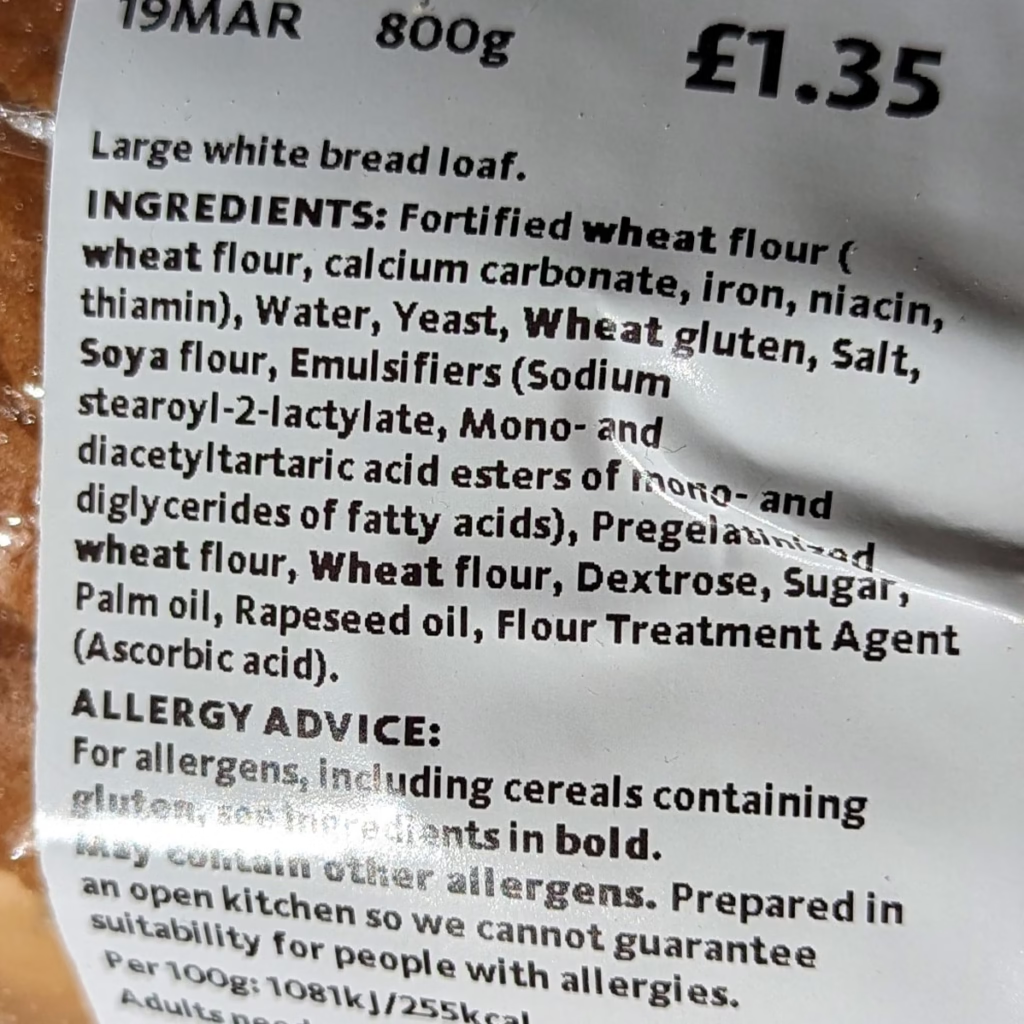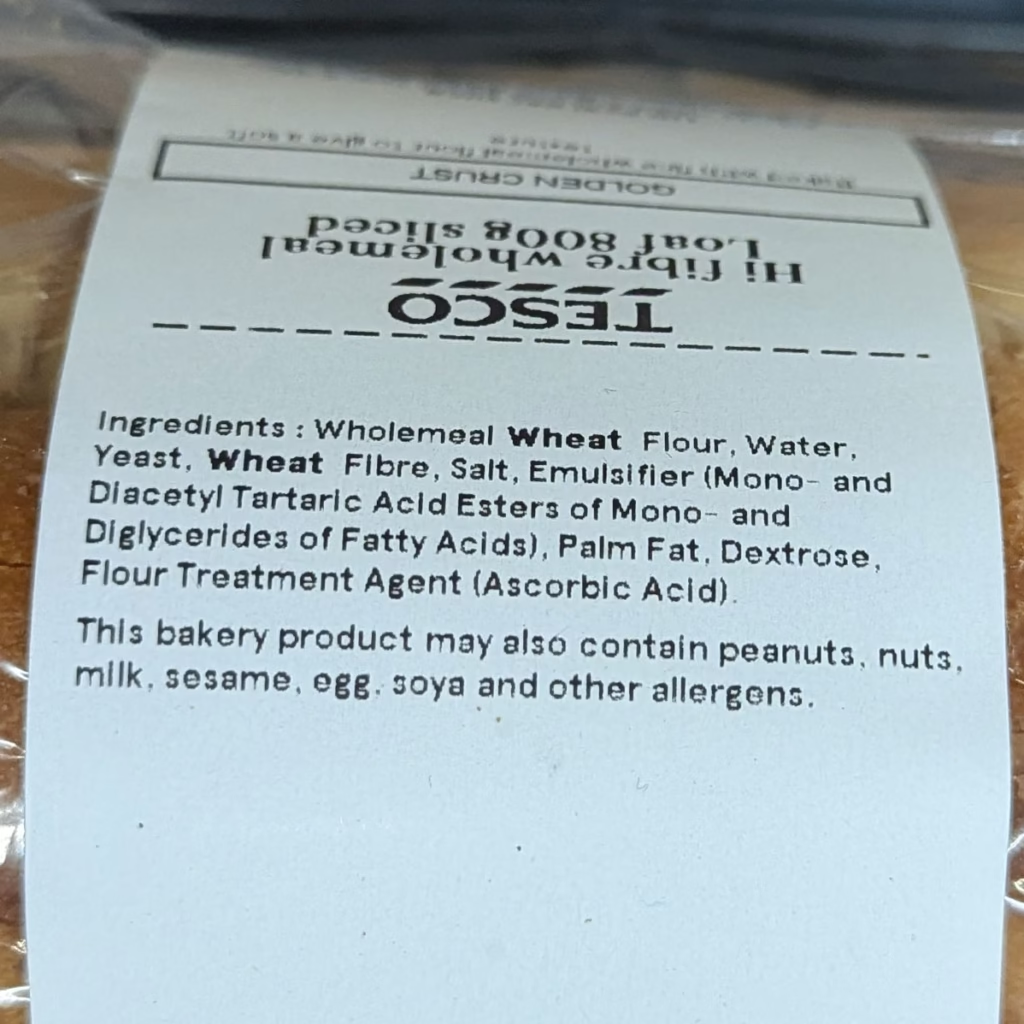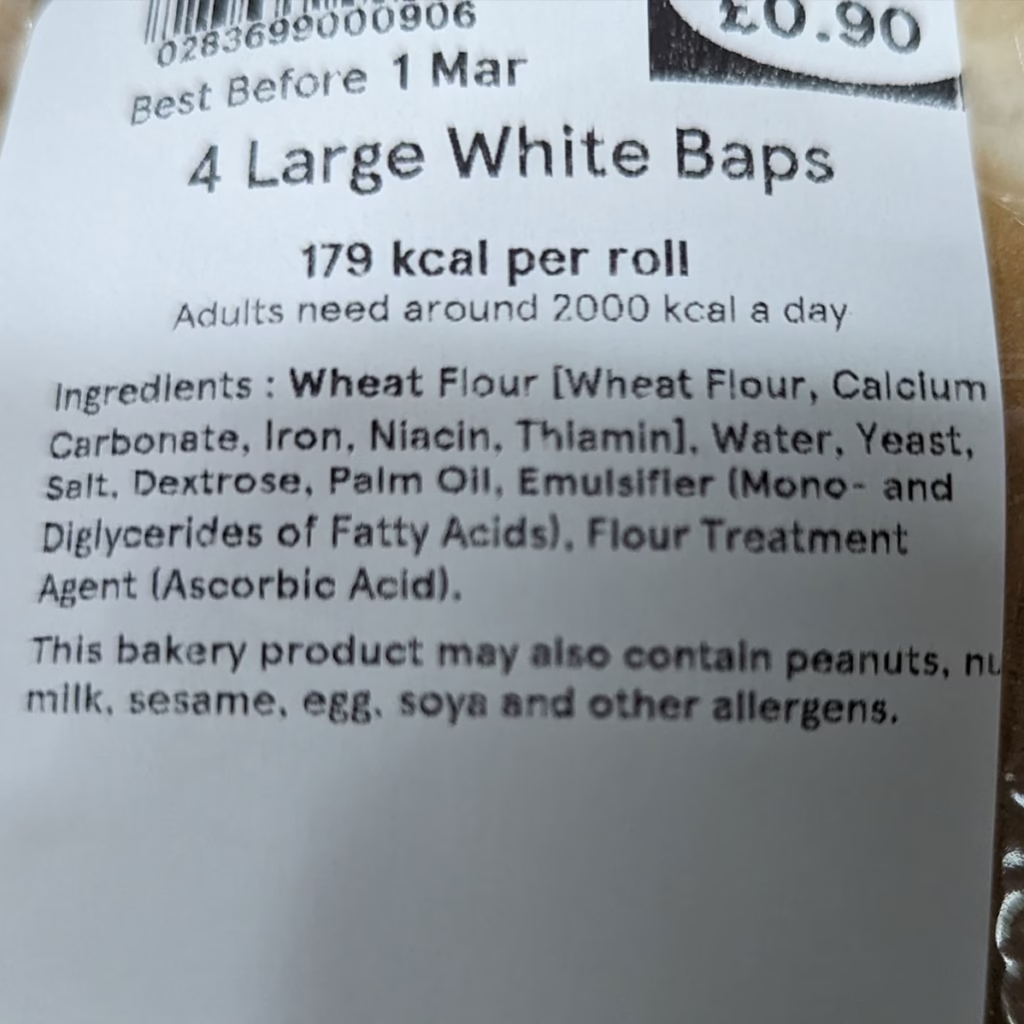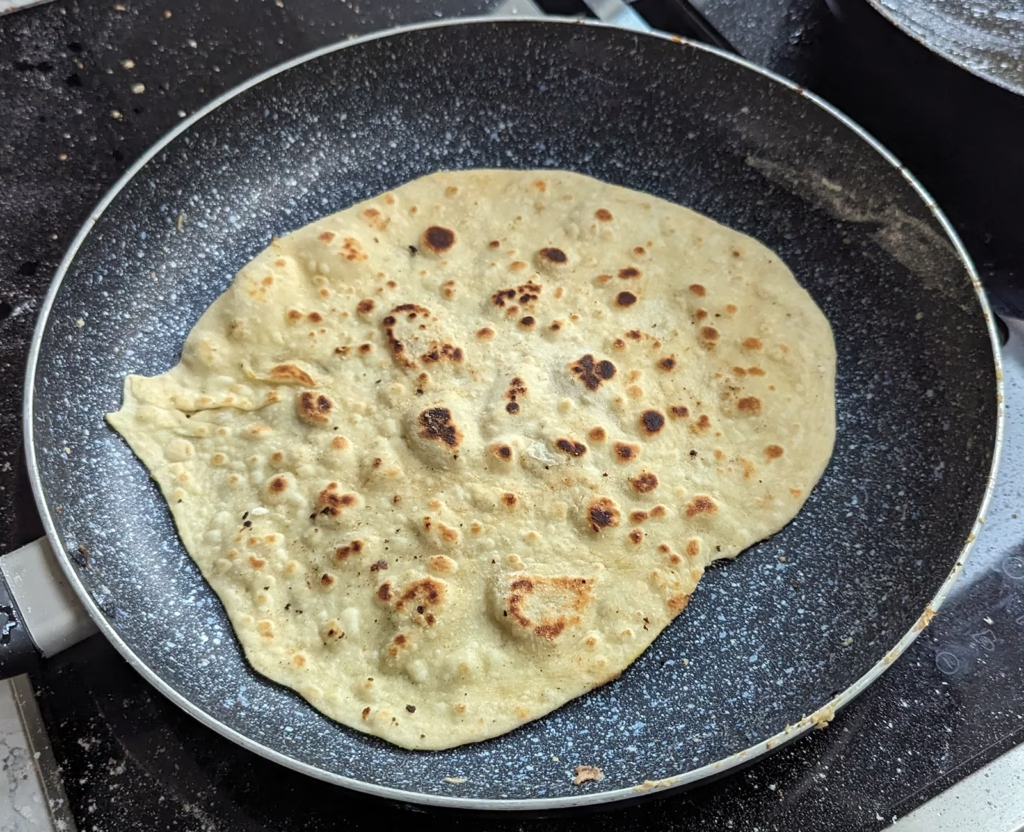Click here to jump straight to the recipes.
I make no secret of the fact I’m a bit of a bread ‘addict’, but bread has been a big part of my life. I was first taught how to make bread with my grandma many years ago, and continued to make it throughout my life – as a child with mum, all the way to making it with my own kids.
Bread, throughout most of the world, is a very important dietary staple. But bread these days isn’t always what it should be. In its simplest form, bread can be made from just two ingredients and is supposed to be eaten fresh. However, we find ourselves in the modern world of convenience-for-consumers and profit -for-corporations which has changed most shop-bought bread into something that is now damaging our health. I’ve seen bread being sold as ‘healthy’ and ‘fresh’ having as many as 25 ingredients – the vast majority of these are factory-produced chemicals to increase shelf-life and reduce manufacturing costs. Many of the newly common additives in store-bought bread have been shown to play havoc with your digestive system, and the effects on your gut micro-biome can last for many months.
As a rule of thumb, I would not recommend buying any bread from a supermarket anymore. At the time of writing, the exceptions appear to be one or two of the ‘fresh’ loaves from in-store bakeries, some ‘sourdough’ bread, or the bread which has been packaged in a ‘protective atmosphere’ such as the type you finish backing at home.
Always read the ingredients!
More than 5 ingredients? A best-before date of a few days or more? Contains ingredients you wouldn’t find in a normal kitchen? If the answer to any of these is yes, don’t buy it and certainly don’t eat it!
I’ve checked the supermarkets near me, and there now no edible loaves* available from either Morrisons or Asda, only 1 available in Aldi, 1 in Co-Op, just 3 or 4 available from the big Tesco or Sainsbury stores (including the bakery and finish baking at home), and not one single non-UPF loaf available from our friendly local bakers, Roses. *By edible loaves I mean ones that don’t contain UPF ingredients that have been linked to a negative impact on health
On this website I’ve published a couple of articles about bread recently. If you’ve not read them I would recommend having a look the one about Roses the Bakers, although you might be horrified at what you read!
Please note: a couple of the recipes below require a frying pan. If you’re not already aware, the non-stick or Teflon coatings should not be heated above 260 degrees centigrade. If the Teflon has scratches in it, I’d recommend replacing immediately it with something non-Teflon. Personally, I threw away everything with a Teflon coating a long time ago
Examples of store-bought bread containing UPF ingredients
Morrisons UPF ‘fresh’ bread

The horrifying list of ingredients in a Morrisons ‘loaf of fresh bread’ mean it’s without doubt an ultra-processed food. Dextrose has a GI index of 100 which raises blood glucose levels very quickly. Virtually no fibre in this loaf to help mitigate this effect. Of course, the main one to avoid here is the DATEM
Tesco UPF ‘bakery’ bread

Here are the ingredients in a ‘Hi fibre wholemeal loaf’ from Tesco Bakery (top tip – always be suspicious when you see the word ‘hi’ replacing ‘high’ in any food!). Sounds healthy, doesn’t it?! The official reason for the addition of ‘diacetyl tartaric esters of mono and diglycerides of fatty acids’ (otherwise known as Datem) is to improve bread texture. However, I think we can all guess it’s mainly to increase shelf life. If bacteria aren’t able to eat it, how can we? See my earlier post on DATEM aka E472e – common emulsifier linked to heart fibrosis and adrenal overgrowth. Interestingly, nowhere do Tesco tell you how much fibre is in this loaf, although it is fortified with wheat fibre.
Tesco UPF ‘bakery’ baps

Tesco Large White Baps also containing Datem. More profit for them, more health problems for us.
Bread recipes
2-ingredient bread recipe
This recipe was a game-changer for me. It couldn’t be simpler or more versatile. I use it for everything from pizza base to falafel wraps. Roll the dough a bit thicker and make pita or naan-style breads. You can use the dough as soon as you’ve made it – no need to let it prove.
- 400 grams of Self-raising flour
- 300 grams of Greek yoghurt.
Mix the ingredients together then roll out flat on a floured surface. Cook in a large frying pan using extra virgin olive oil. Change the thickness of the bread depending on what you’re using it for – wraps are very thin, pizza bases may be thicker.
I’m not a natural baker as I really don’t have the patience to weight ingredients out, so please use the ingredient weights more like a guide – if the dough is sticky, add more flour. Too dry? Add more yoghurt.
If I’m making pizza bases, I pre-cook them in a pan before adding the toppings and putting them in the oven.
3-ingredient bread
Chapatis – a great accompaniment to your chickpea curry!
- 120ml water
- 250 grams of flour
- 1 teaspoon of salt
Mix the dry ingredients together before slowly adding the water to avoid the dough becoming too wet. Leave to rest for 15 minutes before kneading again until smooth. Split into small balls and roll out
Traditionally these are then cooked using a tawa but any frying pan will do. Avoid the temperature going too high to burn the pan though
4-ingedient bread
For the 4-ingredient bread it has to be my all-time favourite – the French Baguette. In the 90s, a law was introduced in France to protect this bread by defining the ingredients, and it worked. Boulangeries are never more than a short walk away in most French cities meaning you can get the most delicious fresh bread every day.
To make this type of bread properly you should probably begin the day before with a ‘starter’, but here is a simplified version.
- 750g strong bread flour (this type of flour has a higher gluten / protein contents)
- 700ml lukewarm water (the temperature of the water affects the speed of the yeast)
- 2 teaspoons of yeast
- 2 teaspoons of salt
Mix the dry ingredients together in a bowl, then add the water and mix into a dough. Cover the bowl and leave out of the fridge overnight (ideally for between 12 and 20 hours). When I was young, we’d use a damp tea-towel to cover the bowl. These days I use clingfilm.
Line a baking tray with a baking sheet and flour it. Flour your hands, split the dough into 3, shape into baguettes on the baking sheet, then leave for another 2 hours
Heat the oven to 230 degrees. On the bottom shelf put a deep baking tray with a couple of cups of boiling water. Put the baguettes on the middle shelf.
After 10 minutes take out the tray of water but leave the baguettes to bake for another 20 to 30 minutes until golden brown and crispy
5-ingredient bread
This is my recipe I use for the bread-maker. I sometimes swap half the wholemeal flour for white bread flour. As all bread makers are different, you may need to modify the ingredients proportions to suit your bread maker. Mine takes 3 hrs and 40 minutes for this loaf. Note that changing the temperature of the water will affect the activation speed of the yeast. For consistency, I just use tap water at the normal temperature
- 500g wholemeal flour
- 300ml tap water (tap temperature)
- 7g easy-bake yeast
- A glug of olive oil or butter
- A pinch of salt
Put all the ingredients in the bread maker and press ‘go’.
